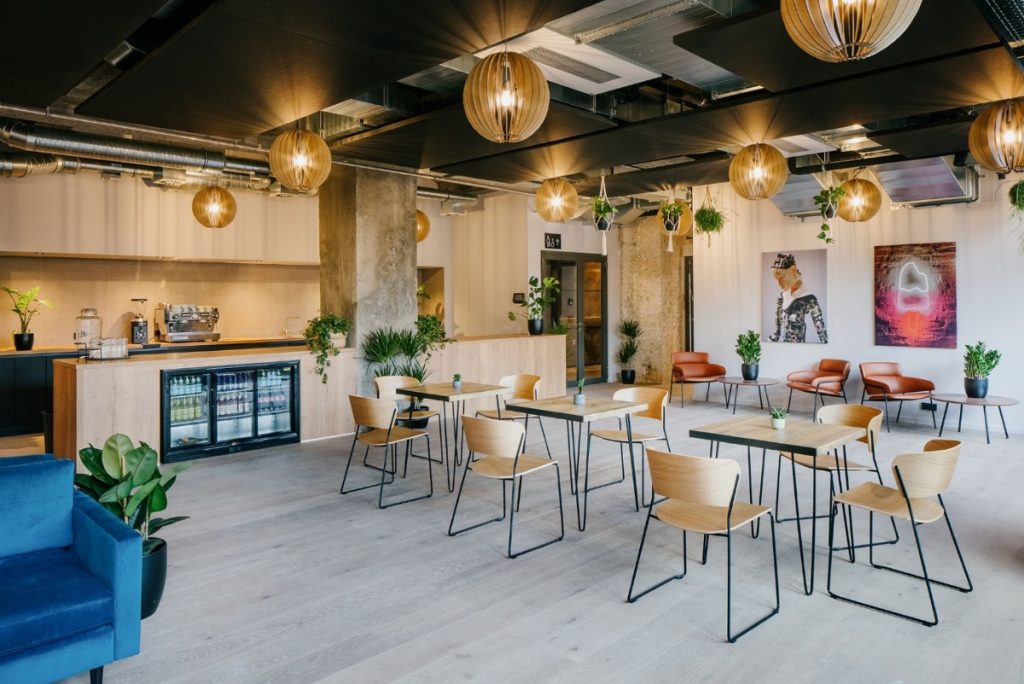The rise of co-working spaces since the pandemic has significantly altered the landscape of traditional office environments. As hybrid working becomes more entrenched, businesses are re-evaluating their office needs, often opting for flexible co-working spaces over conventional offices. This shift has introduced a new trend: the ‘hotelification’ of office spaces.
Co-working spaces, initially designed as a flexible alternative to traditional offices, are now evolving to offer amenities reminiscent of hotel services. This trend reflects a broader shift towards creating more appealing and functional work environments. Employees, increasingly accustomed to the comforts of home and the flexibility of remote work, are demanding more from their workplaces.
Gone are the days of drab office environments with fluorescent lights and basic amenities. Modern co-working spaces are striving to become destinations in their own right, providing a range of services and features designed to enhance employee well-being and productivity. From yoga classes and on-site gyms to serviced meeting rooms and even childcare facilities, these spaces are blending work with lifestyle, much like hotels do.
This transformation in the office environment is not limited to co-working spaces. Traditional offices are also adopting elements inspired by this trend to remain competitive in attracting and retaining talent. Search terms such as “office cafe” and “office gym” have seen a noticeable increase in popularity over the past three years, indicating a shift in employee expectations.
Alex Winstanley, Head of New Business at Banner, highlights the impact of these changes: “It’s evident that traditional office environments no longer fully meet employee needs. The pandemic and the rise of remote work have accelerated this shift. Co-working spaces have led the way in creating more attractive work environments, prompting traditional offices to consider similar upgrades. Businesses that wish to entice employees back to physical workplaces must now think about how to ‘hotelify’ their office spaces to stay competitive.”
This ‘hotelification’ trend involves more than just aesthetic changes. Employers must consider how to integrate amenities and services that support both professional and personal well-being. The challenge for businesses is to know where to start. Winstanley suggests that experienced workplace supplies partners can play a crucial role in this process, helping companies design functional office layouts, source appropriate furniture, and manage new office installations.
The evolving office landscape reflects broader changes in the nature of work and employee expectations. As co-working spaces continue to push the boundaries of what an office can be, traditional workplaces are increasingly adopting similar strategies to meet the demands of a modern workforce. The rise of the ‘hotelified’ office is a testament to the growing importance of creating work environments that offer more than just a place to work, but also support a balanced and fulfilling lifestyle.
For those curious about the similarities between hotels and co-working spaces, Banner has created a visual comparison to test how closely one can distinguish between the two. The full set of images and detailed search data are available on their website.

